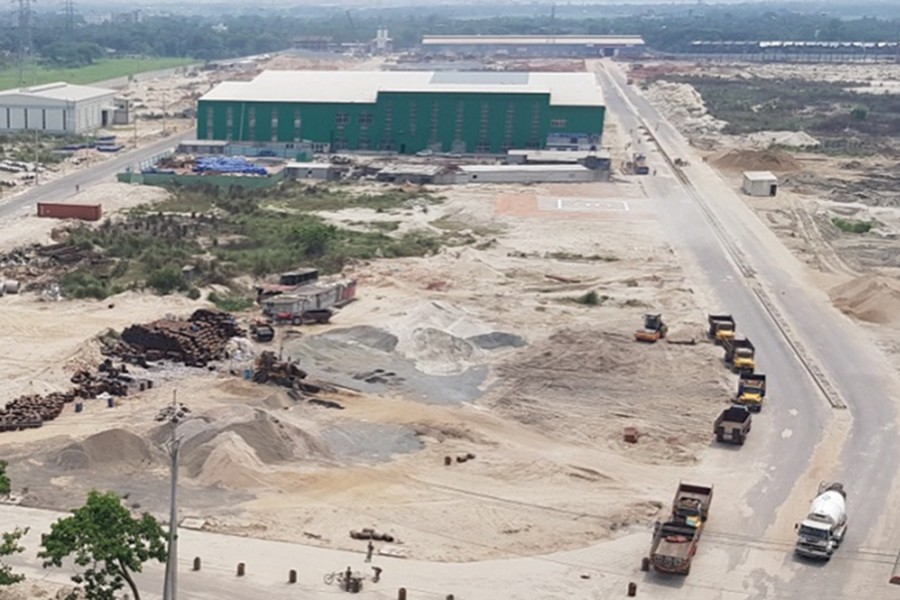With Dhaka City's liveability plunging precariously, the 'Save Dhaka' appeal is getting louder much to the frustration of its inhabitants. It is surprising that a chorus for relocation of the capital at a place away from this madding crowd has not yet gained steam. Bursting at its seam, Dhaka has grown from a population of 3.0 million in 1980 to about 19 million now and is likely to grow to 35 million ---almost double the present population size---by 2035. However, everyone, including the country's prime minister, admits that the urban development not only of the capital city but of all the cities and towns has been chaotic. Spatial and environmental ease together with utility services has been grossly compromised under intense pressure of one of the most densely crowded populations in a megacity. Thus the congestion on the city's roads has turned beyond tolerance bringing down the average driving speed to 6.0- 7.0 km today from 21 km an hour just 10 years back, leading to waste of 3.2 million working hours each day. The situation has been further exacerbated by air pollution which, according to a latest study, is responsible for reducing people's longevity by three years on an average.
All these facts and figures make a strong case against Dhaka to remain the hub of the country's administration and economy. The capital's phenomenal growth has been at a huge cost --- between 6.0-10 per cent of the country's gross domestic product. Generation of its current rate of GDP --- one-fifth of the total --- and half of the formal employment will suffer badly with the driving speed coming to 4.0 km ---slower than walking speed --- an hour within 10-15 years. The nightmarish scenario is more frightening than what citizens are now experiencing. Intriguingly, though, the emphasis on urban planning demanded is missing.
Apart from the metro rail project and the proposed removal of bus terminals from their present locations to places away from the main city, there is hardly any programme equal to the challenge. Sure enough, the metro rail, when completed, will facilitate movement of people but it will serve people living closer to the route, what about the rest of the city population, many of whom are stuck in narrow lanes and streets? The original detailed area plan (DAP) has been truncated, allowing concession to tinkering with flood plains. Although the revised DAP was supposed to be published by January this year, it is yet to see the light of the day.
If Dhaka's east could be developed in a planned manner like the new town of Kolkata or Pudong, East Shanghai, Dhaka might have an opportunity to breathe free. But the way Purbachal is developing hardly makes one optimistic about the future of that part of the city as well. So the best option is decentralisation and to stop or even reverse the migration of people from every corner to Dhaka. Towns and cities should be developed to have all the required amenities and above all generate employment for people. Some of these townships and cities can be developed around export processing zones (EPZs) and information and technology (IT) parks. Thus the exodus towards Dhaka for livelihoods can be stemmed and local economy strengthened through decentralisation.


